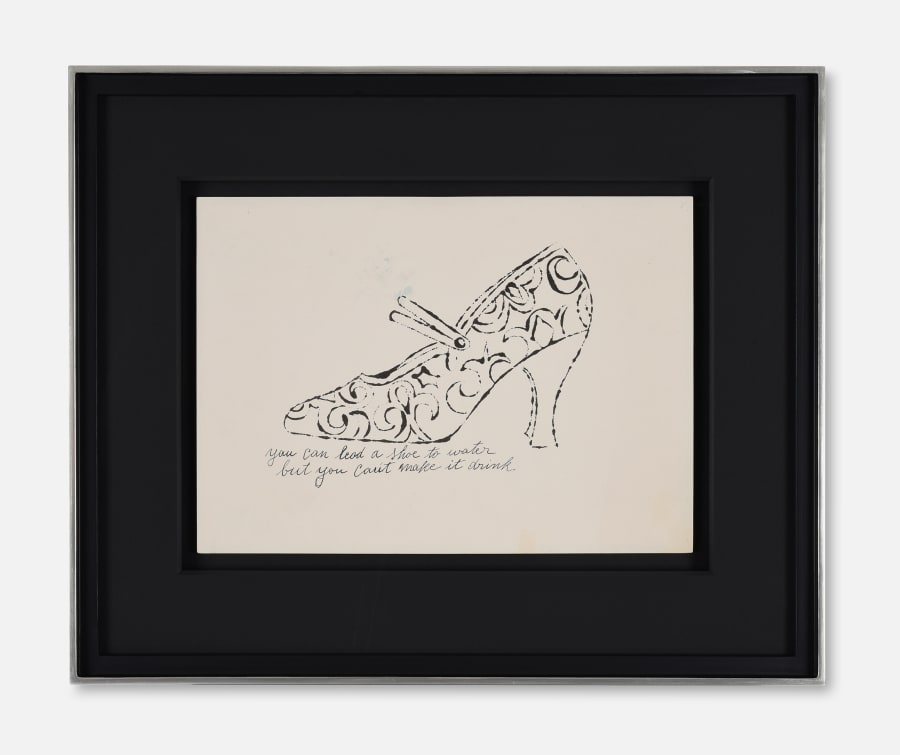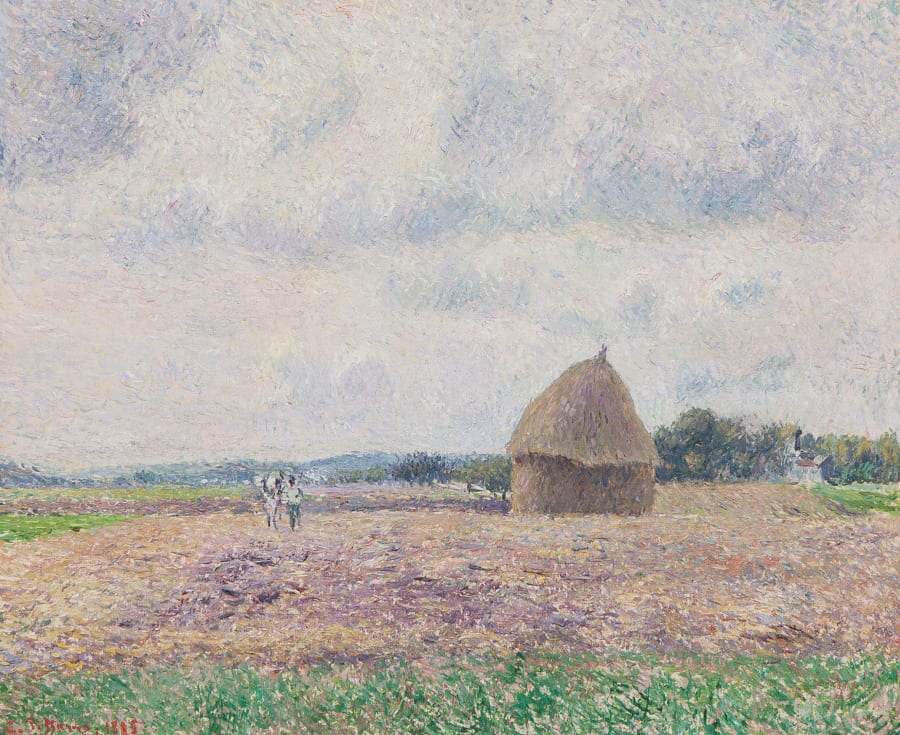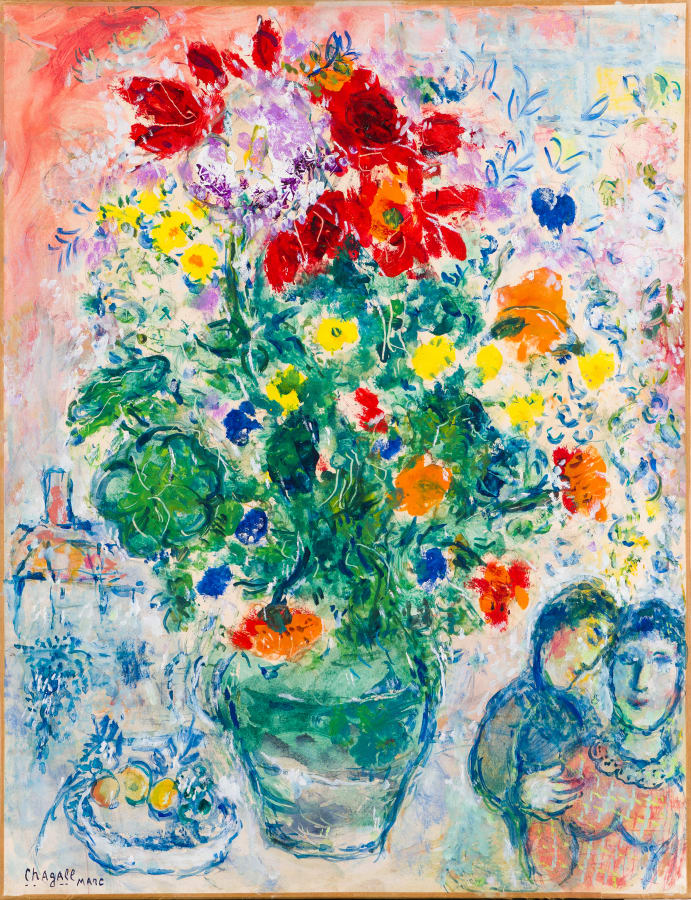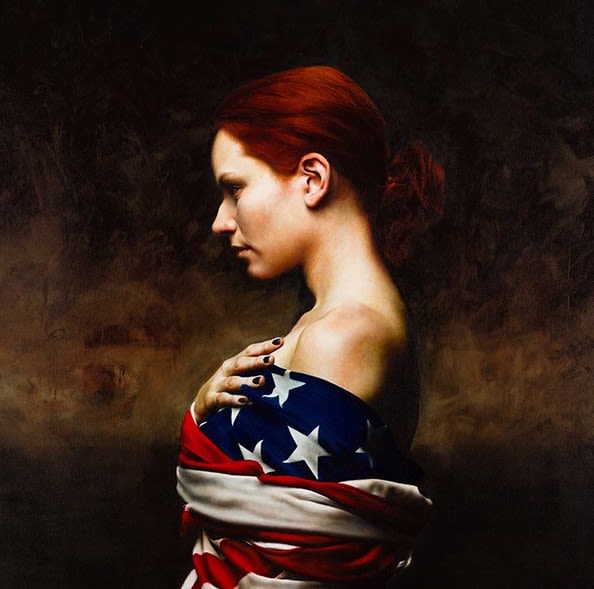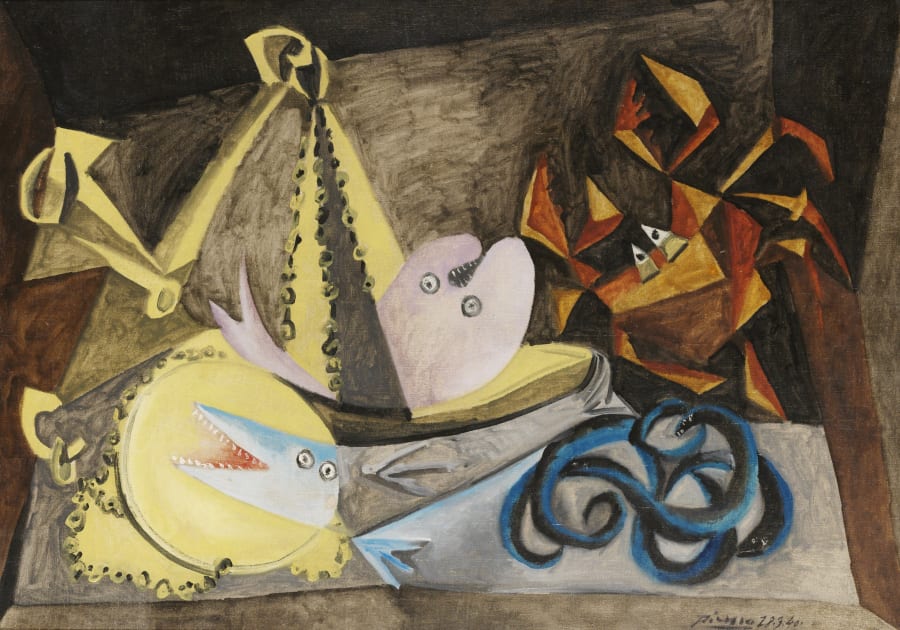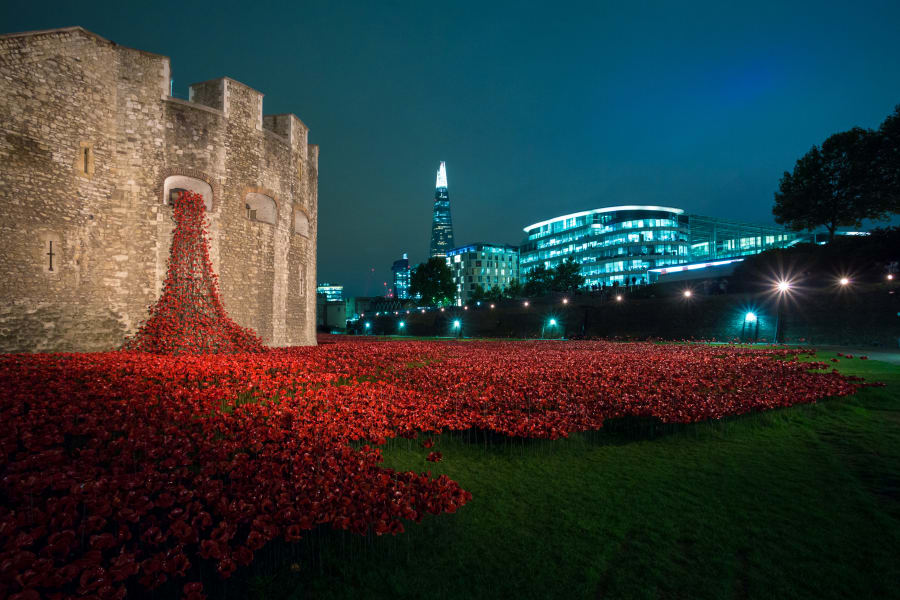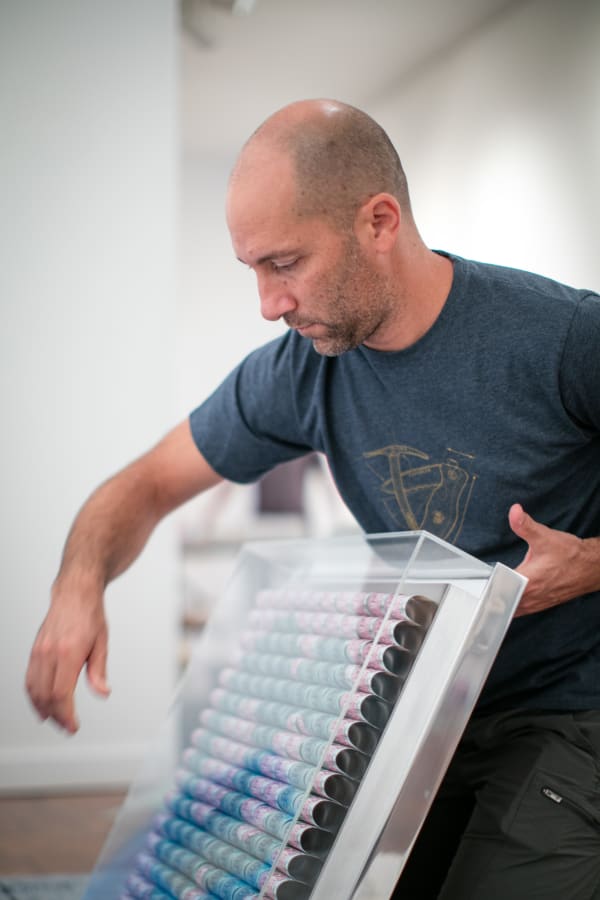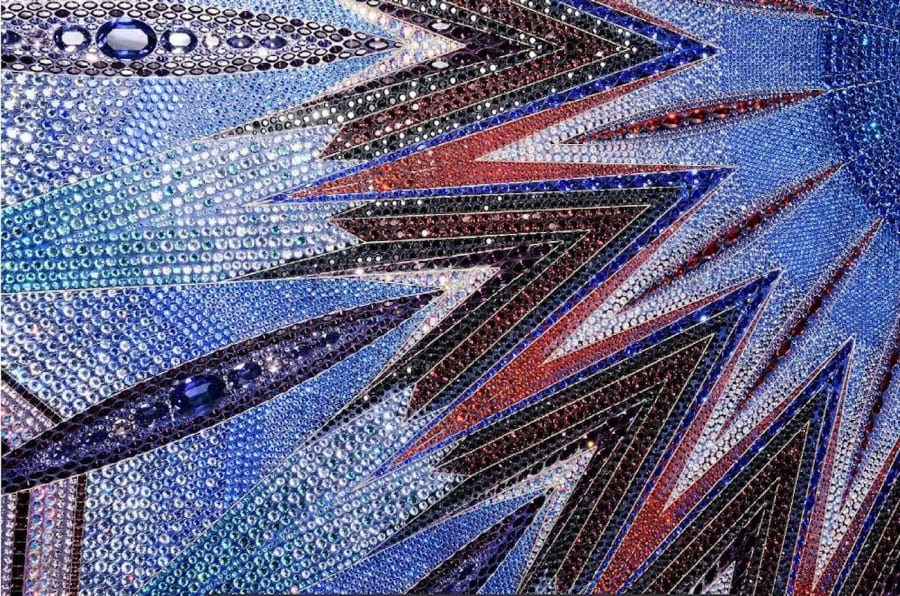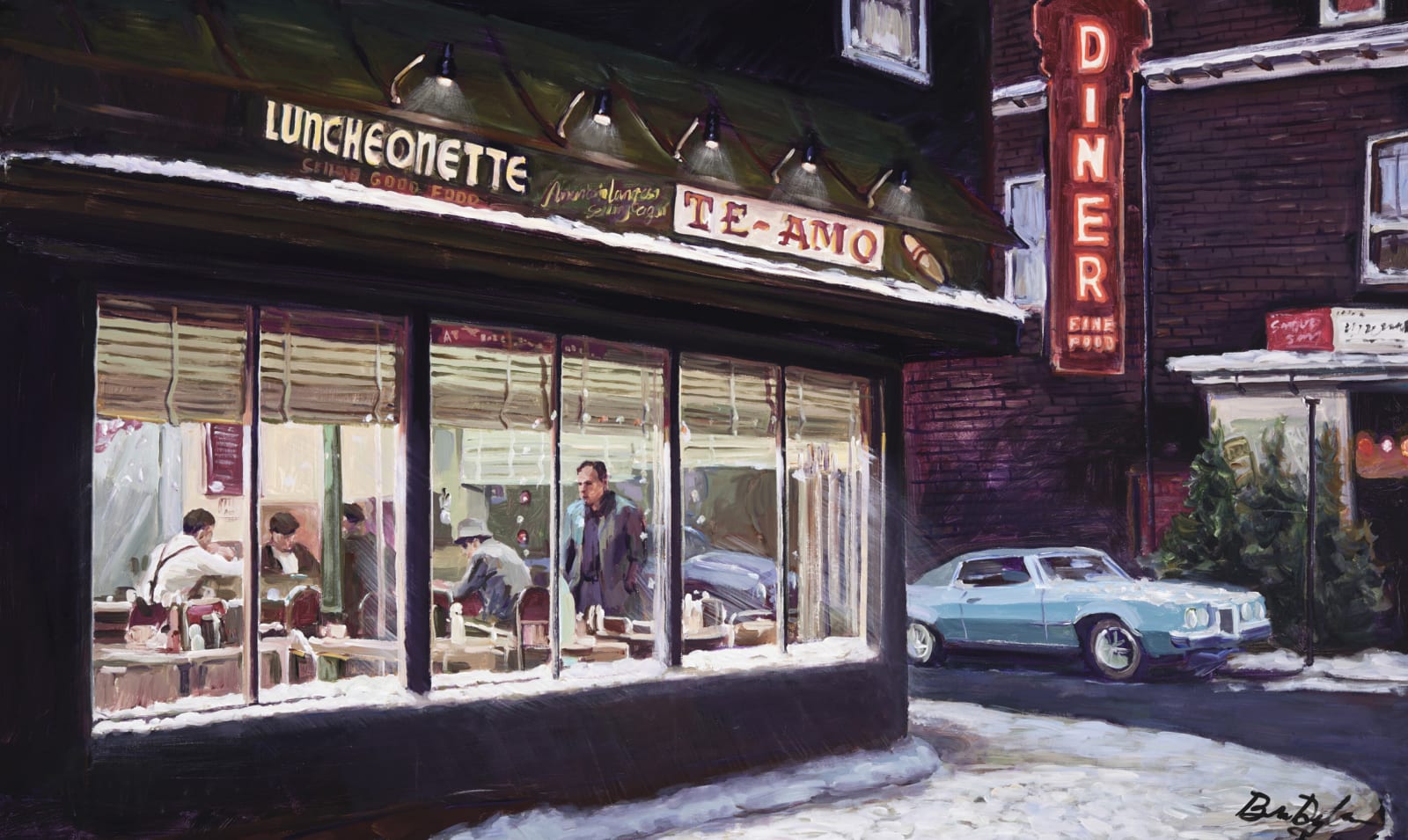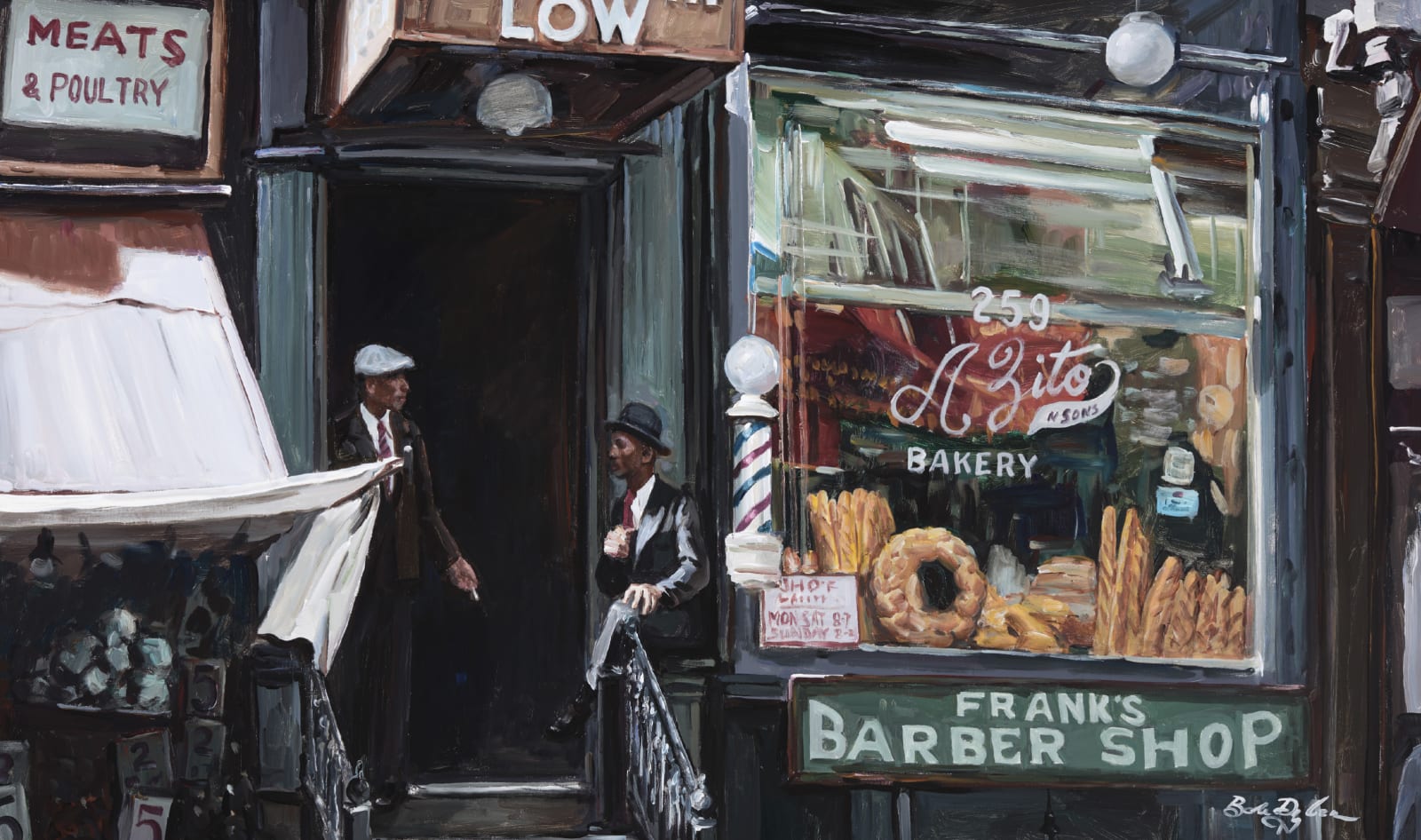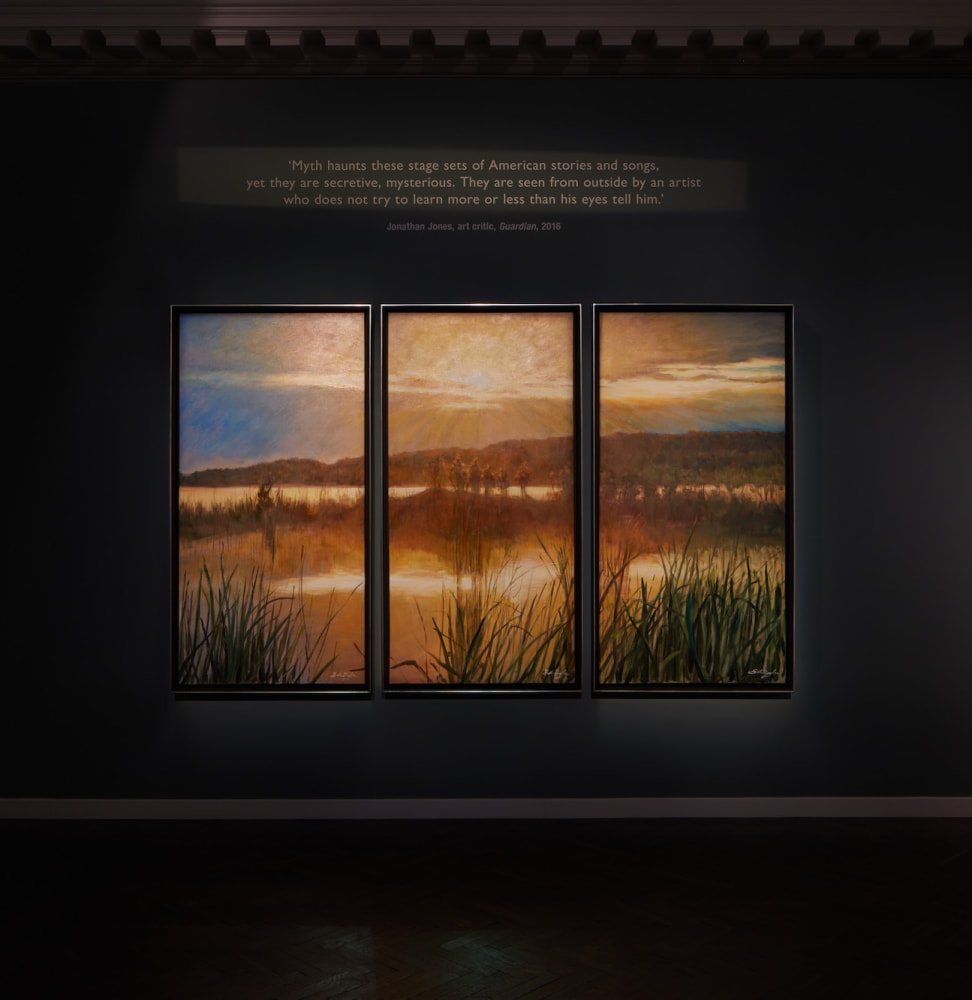Stefano Curto
Italian, b. 1966
‘Each pattern and each combination of the diverse forms of gems create a different refraction of light. Math and chaos alternate into my works, living together as they do in the universe.’
Stefano Curto
Contemporary Italian artist Stefano Curto works with hand-crafted Swarovski crystals and minerals to create sensuous light canvases of a magnificent universality. Referencing Op Art in the geometry of his mandala designs and interweaving the cosmic with the symbolic, he meticulously embeds thousands of gems into plexiglass canvases, bringing into being something comparable to the glowing stained-glass windows of Italian Gothic churches. His collections link to Venice's historic dominance in glass fabrication and set forth searching questions about human philosophies and mystical perceptions.
Curto was born on 4 February 1966 in the small town of Segusino, around 80 kilometres from Venice. His father, whose company made eyewear out of acetate, was a talented craftsman who designed, tooled and polished products by hand, and Curto inherited his dexterity. By his teens he had a passion for music, singing and playing with punk and new-wave bands from the age of 14 and beginning to compose at 15. On leaving school he studied mechanical engineering; the elements of mechanics and technical drawing would later stand him in good stead as an artist planning and constructing pieces some 2 metres broad and tall.
Travel was another of his loves, but when at the age of 20 Curto told his mother Ursola that he wanted to drive logging trains in the forested Canadian wilderness, she gave him a handful of crystals. 'The sparkle of the gems fascinated me instantly', he recalls. 'It was like having stars in my hands.' She believed that the rapidly growing local fashion economy would be a place he could exercise his talents. A year later he had opened his own atelier working as a setter of crystals, and exclusive fashion houses Prada and Gucci approached him requesting bespoke accessories. As his studio flourished, Curto found time to travel, often biking around Asia.
By 2004, his journeying, meditation and engagement with the richness of other cultures was drawing Curto towards artistic creation: 'I needed to give a new soul to the stardust and the minerals that I love so much … I had a palette of which I knew the most intimate and little secrets.' For six years he worked away in private, and by September 2010 he was ready for his first solo exhibition, curated by Stefano Cecchetto at the Scoletta dell'Arte dei Tiraoro e Battioro, on the Grand Canal in Venice.
Entitled Trama Lucente, the show explored Curto's fascination with light as a projection of hope and a metaphor for the infinite qualities of the universe. The works were inspired by his travels in Mongolia, South India and Thailand. Attracted to 'anything that reflects light', he notes: 'I have always found it difficult to draw my eyes away from these minerals which almost appear to sparkle with their own light, cleverly capturing the most feeble ray: breaking it down, giving it colour, concentrating it, multiplying it and then casting it back to harmoniously connect with the surrounding space, often reaching distances which seem infinite'.
Following this exhibition, the Museum of Old and New Art (MONA) in Tasmania, Australia, purchased IL NERO INFINITO (Infinite Black), a work that responds to the vortex of the night-time skies in Mongolia and the magical sense of bewilderment they evoke. Curto was also invited to show his work at the elite arts organisation the House of the Nobleman in London during Frieze Art Fair, exhibiting alongside contemporary artists such as Damien Hirst, Banksy and Gerhard Richter.
2011 was a busy year, including a solo show in Venice and group exhibitions in London, Paris and Padua, crowned by the distinction of being selected for the Venice Biennale to exhibit THE MARVELLOUS FLIGHT OF CO-EXISTENCE. This piece advanced Curto's technique of setting tens of thousands of individually shaped gems from a kaleidoscope of symbolic colours, as he shaped the plexiglass resin board into a poetic three-dimensional form to seemingly suspend the sparkling 'flying carpet'. Looking like an Indian prayer rug, it is interwoven with half-hidden religious symbols and evokes the bonds between peoples that elevate and enlighten, as described by Gandhi.
2012 saw a prestigious exhibition at Venice's Caffè Florian, a favourite haunt of artists for some 300 years, and group shows in many regions of Italy. The Florian presented Curto's THE MARVELLOUS FLIGHT OF COEXISTENCE and JAPAN against the backdrop of the Seasons Room.
Curto's solo exhibitions of 2013 included Renovatio Splendor with the powerful piece AMNIOTIC STARDUST, encrusted with 164,842 Swarovski crystals and confronting the theme of the end of all things. This modern take on the long tradition of memento mori art was inspired by a blood-red picture from the Hubble telescope showing a star that was about to explode. From it Curto has created a form that looks like a heart pulsing with red magma, and wound into it is the Lenten sentence 'You are dust and unto dust you shall return'; yet the mood is not resignation, but a final awareness of existence. Also, presented in this exhibition, were a body known as the Evolution Involution series: spirals and concentric circles that develop from rich, deep purples, blues and many other single colours into tons of white, projecting transformation and self-recreation derived from Curto's practice of meditation and yoga. The Tibetan symbol of cosmic union, the yantra, is camouflaged in the sea of colour, visible to those who recognise it.
In December 2013 Curto stood with Pope Francis and his work SINDONE NERA (Black Shroud) before a crowd of 50,000, as the work was acquired by the Pontifical Collection of the Vatican Museums in Rome. First displayed in his solo London exhibition Renewal of the Sacred that year, SINDONE NERA salvages the only image of Jesus referenced in Christianity: his face impressed on a shroud - 'the first of a long series of divine images that have unsettled me since I was a child', says Curto. 17,843 rectangular-cut crystals enhance the mystery and fear of God conveyed by this imposing work, conceived to seem like a face that appears out of gloomy, black rain. Its genesis was, perhaps surprisingly, in India, when Curto saw a tiny image of Jesus among the many vibrant representations of the Hindu gods.
After a group exhibition in Monaco in 2014, the following year saw an important new solo show entitled U-topos (Greek, 'no place'): tra spazio e luce (Italian, 'between space and light'). Here Curto returned to the beginnings of the cosmos, a place with time and space for generation. Inside each work lies a hidden message. 300.000 km/s to GOD is an archetypal piece, in the form of a light mandala (Sanskrit, 'circle', signifying a ritual symbol representing the universe and a spiritual protection zone for those who look at it). It establishes a sacred space through its use of cardinal points, circular globes surrounding the dynamic centre, flashes of light output from the crystals and the suggestion of symbolic arrival at the core in the search for the Absolute. In the exhibition catalogue, art historian Danilo Riponti observes, 'Boundless spaces, human silences, deep soul rest - here are the keys of the noble reading of the artist's vision'.
Curto lives and works in Valdobbiadene, in the hills of Prosecco near his birthplace.
SOLO EXHIBITIONS
2017 Stardust, Halcyon Gallery, London, UK
2015 U-Topos - Tra spazio e luce, Palazzo Todesco, Vittorio Veneto, Italy
2013 Renovatio Splendor, Bugno Art Gallery, Venice, Italy
2013 Renovatio Splendor, Venissa, Venice, Italy
2013 The Westin Europa & Regina, Venice, Italy
2012 Stefano Curto Al Florian, Caffe' Florian, Venice, Italy
2011 The Westin Europa & Regina, Venice, Italy
2010 Trama Lucente, Scoletta Battioro e Tiraoro di Venezia, Venice, Italy
GROUP EXHIBITIONS
2019 Living in the Chtulucene! Italian Embassy Cultural Centre, New Delhi
2018 ArtRocks, Halcyon Gallery, London, UK
2017 Maitrya Karuna & Prajna, Three on the Bund, Shanghai, China
2016 Dynamic: Arte in movimento tra vibrazioni e geometrie, Museo del Paesaggio di Torre di Mosto, Venice, Italy
2015 Bugno Art Gallery, Venice, Italy
2014 Vista Palace Hotel, Monaco
2013 Internazionale Italia Arte, Museo MIIT, Turin, Italy
2013 Renewal of the Sacred, The House of the Nobleman, London, UK
2012 Emergenze del Sentire, Villa Brandolini d' Adda, Pieve di Soligo, Italy
2012 Utopia del Sembiante, Museo del Paesaggio, Verbania, Italy
2012 Arte Pordenone, Galleria Prospettive web, Pordenone, Italy
2012 Jesolo Arte, Palazzo del turismo Jesolo, Venice, Italy
2012 Germinazioni e Sinestesie, Ca' dei Carraresi, Treviso, Italy
2011 New collection of Art and Design, Spazio Anna Breda, Padova, Italy
2011 Galerie Leadouze, Paris, France
2011 Museum of Old and New Art, Hobart, Austrailia
2011 The Return, by The House of Nobleman, Boswall House, London, UK
2010 The Return, by The House of Nobleman, Boswall House, London, UK
ART FAIRS
2011 Venice Biennale, Venice, Italy
COLLECTIONS
Museum of Old and New Art, Hobart, Tasmania, Australia
Pontifical Collection, Vatican Museum, Vatican City, Italy
PUBLICATIONS
2017 Stardust, exhibition catalogue (Halcyon Gallery)
2016 Dynamic: Arte in movimento tra vibrazioni e geometrie, exhibition catalogue with introduction by Stefano Cecchetto (Museo del Paesaggio di Torre di Mosto)
2013 Stefano Curto: Renovatio Splendor, exhibition catalogue with text by Stefano Cecchetto (Bugno Art Gallery)
2012 Stefano Curto Al Florian, exhibition catalogue (Caffe' Florian)
2012 Germinazioni e Sinestesie, exhibition catalogue (Ca' dei Carraresi)
2010 Stefano Curto: Trama Lucente, exhibition catalogue with text by Stefano Cecchetto and Stefano Curto (Scoletta Battioro e Tiraoro di Venezia)
